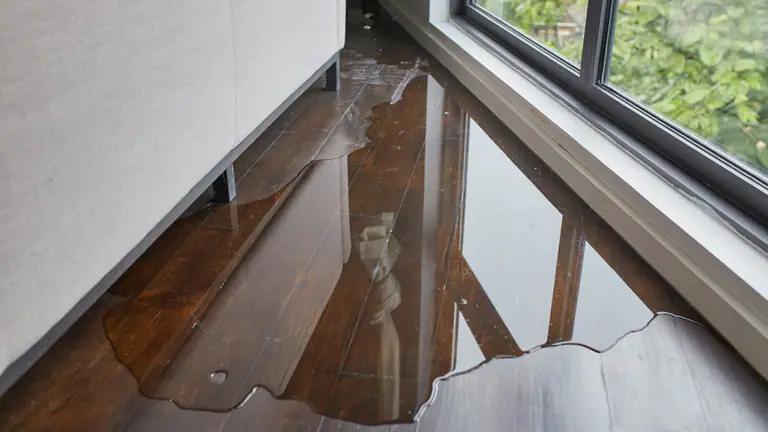
Water damage can wreak havoc on a home, destroying floors, walls, and valuables. As daunting as it seems, with some effort, most water damage can be repaired. This guide will walk you through the restoration process.
Assess the Situation
When facing water damage, the first step is to assess the situation. Determine where the water is coming from and stop additional water from entering the home. Then identify the rooms, surfaces and objects affected. This overview will allow you to understand the scope of work needed.
Contact Your Insurance Provider
Notify your insurance company about the water damage right away. Most homeowner’s insurance policies cover water damage to some extent. An adjuster will inspect the property and cover repairs subject to your policy limits and deductible. If the damage exceeds coverage, you may receive cash to offset restoration costs.
Dry Out Your Home
The faster you remove standing water, the less damage there will be. Use wet/dry vacuums and sump pumps to extract water. Open windows and doors and use fans, dehumidifiers and heaters to facilitate drying. Drying out materials within 48 hours after water exposure prevents further deterioration.
Tear Out and Replace Damaged Materials
Water not only damages surfaces but also the inner structure behind them. Walls, floors and insulation harbor moisture and need to be replaced. Remove damaged drywall up to 12 inches above the water line and discard soaked insulation, carpet padding and particle board. Hardwood may be salvageable if dried properly.
Do Restoration Work
Once drying is complete, restoration work begins. Have a professional electrician check your electrical system for safety. Then rebuild damaged walls and install new flooring. Be sure to use mold-resistant drywall and flooring designed for moisture-prone areas. Address cosmetic issues by cleaning surfaces and repairing furniture.
Take Preventative Measures
To avoid going through water damage again, improve your home’s flood resilience. Clean gutters and drainage systems regularly so water can flow away from your foundation. Install sump pumps, French drains and backflow valves. Identify leaks quickly and address them before they escalate. Stay vigilant, and you can catch future water damage early.
Consult Water Restoration Experts
For complex or extensive water damage, enlist the expertise of water restoration professionals. They deploy advanced drying techniques, assess mold risks, and use specialized equipment. Professionals streamline insurance claims, ensuring a swift and effective restoration process. Choose certified water damage experts with a proven track record for optimal results.
With some perseverance and expertise, even severely water-damaged properties can become happy homes once again. Don’t despair – restore! Taking prompt, thorough action gets you back on track.




